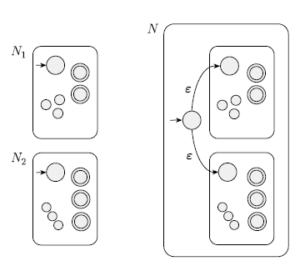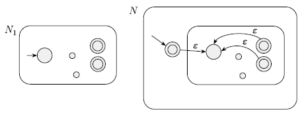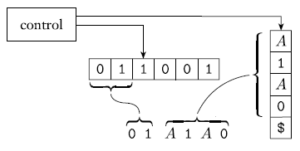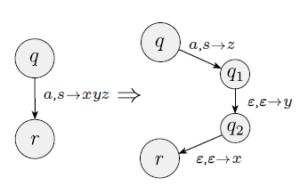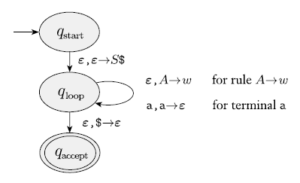Tabella di concetti per reti di calcolatori
Definire i seguenti concetti:
| Concetto | Spiegazione | Note |
|---|---|---|
| Segnale | Grandezza fisica che varia nel tempo per trasmettere informazione | |
| Mezzo trasmissivo | Il canale attraverso cui è veicolato il segnale | Cavo Fibra ottica Etere (wifi) |
| Velocità di trasmissione | Quantità di informazioni che è possibile veicolare in un determinato lasso di tempo | Prima della propagazione: è una "capienza" che non ha relazione con la velocità di propagazione |
| Velocità di propagazione | Velocità in cui il segnale si trasmette attraverso il mezzo | |
| Modulazione del segnale | Variazione della frequenza, dell'ampiezza o della fase di un'onda (portante) | |
| Banda | Sinonimo di velocità di trasmissione | |
| Banda passante | Intervallo di frequenze che il segnale contiene o che il dispositivo è in grado di trattare | |
| Banda trasmissiva | ||
| Jitter | Variazione nei ritardi dei pacchetti | |
| Throughput | Quantità di dati effettivamente trasmessa. Tiene conto del protocollo usato. | |
| Lunghezza di un bit | ||
| Baud | Numero di simboli inviati al secondo | |
| Bit rate | Numero di bit inviati al secondo | |
| Datagram | Pacchetto dati di dimensioni limitate contenente mittente e destinatario |
